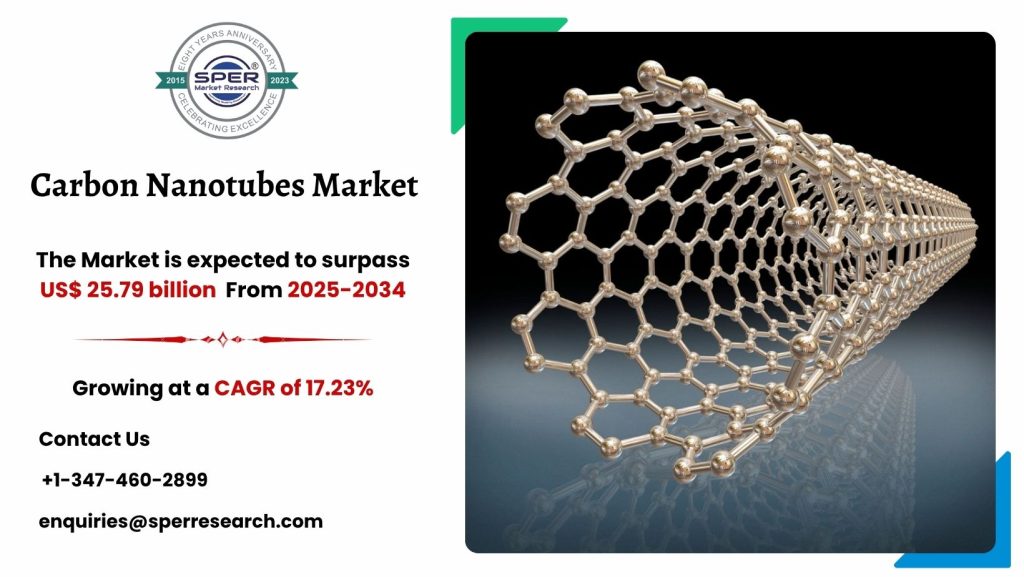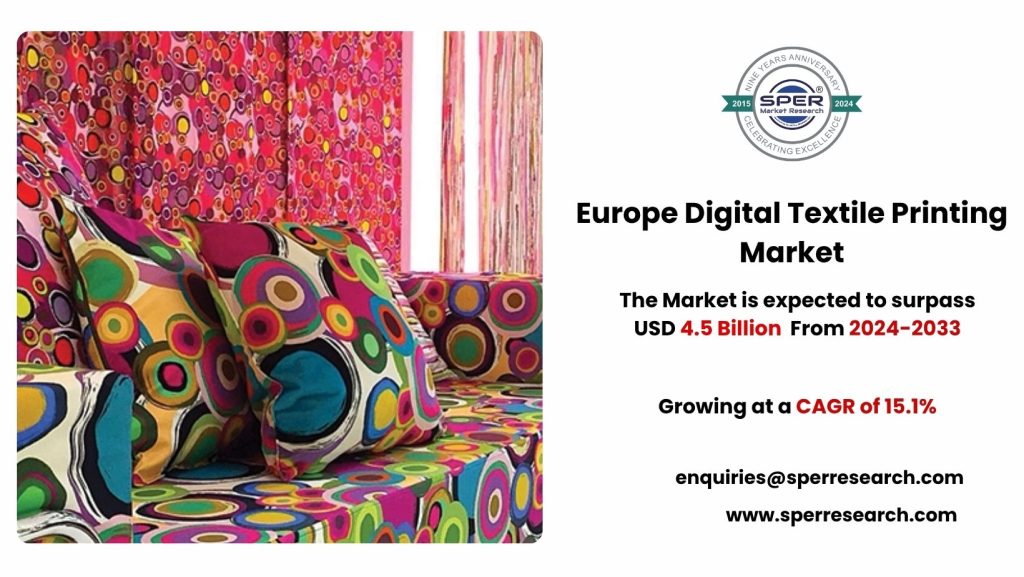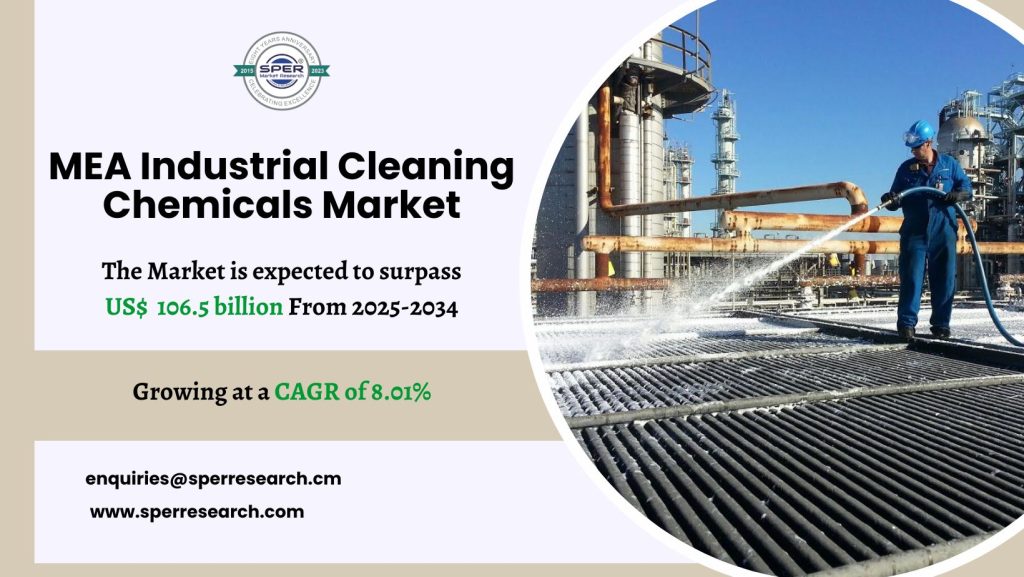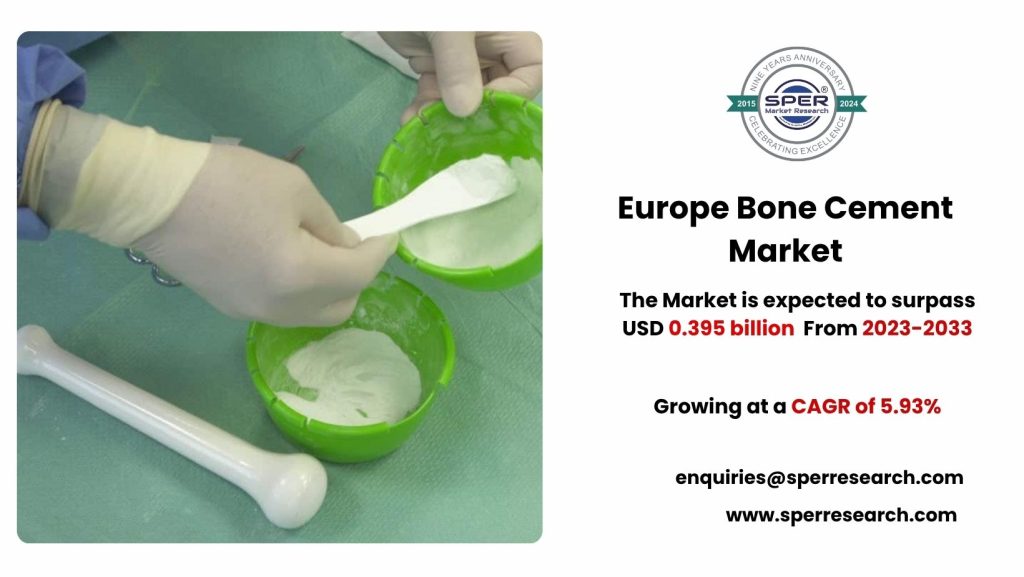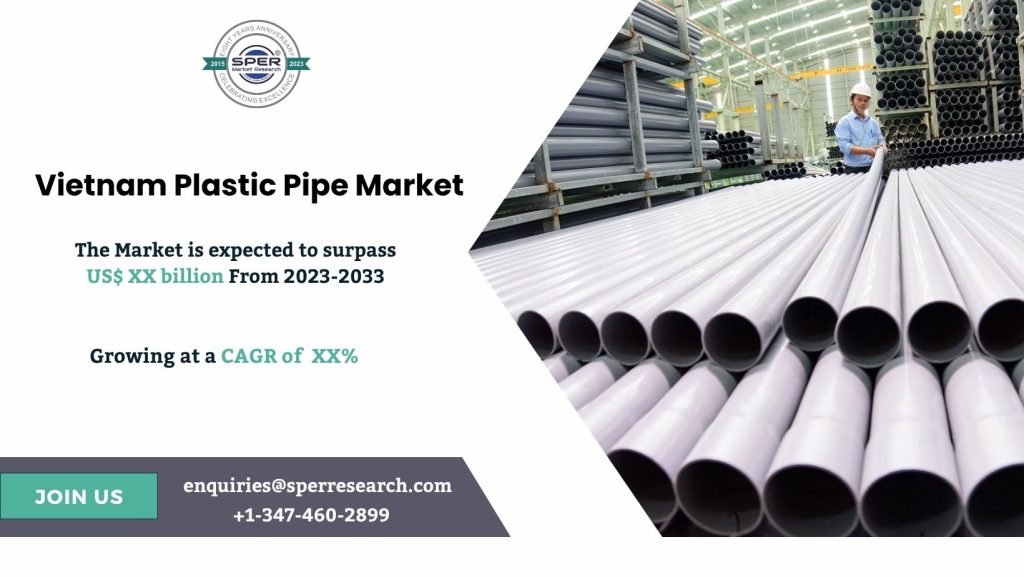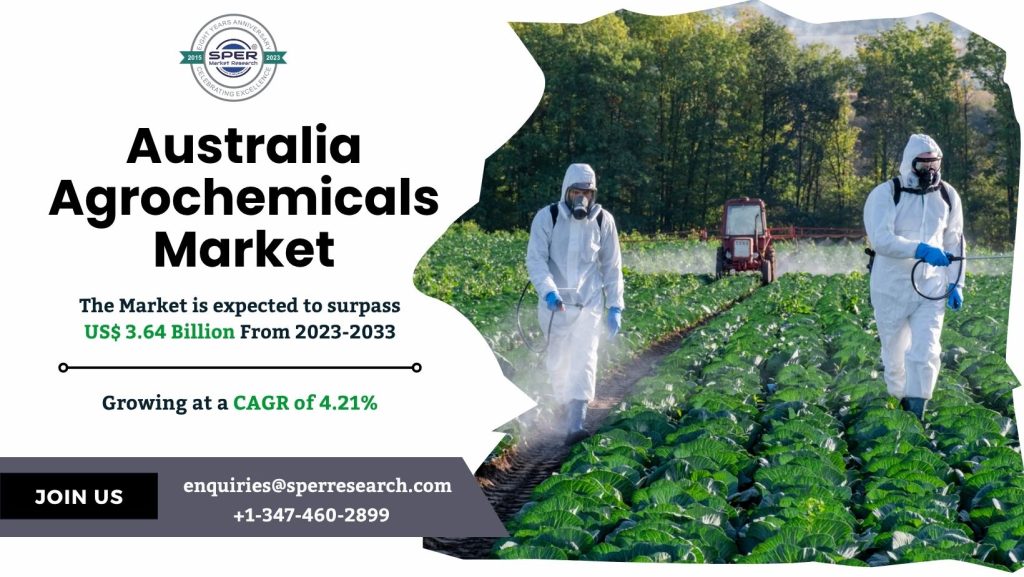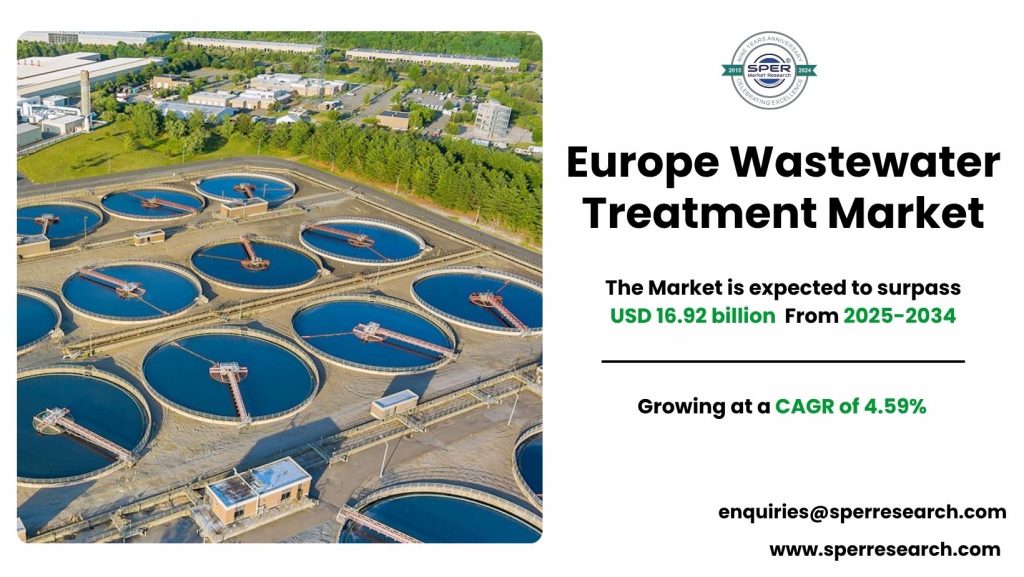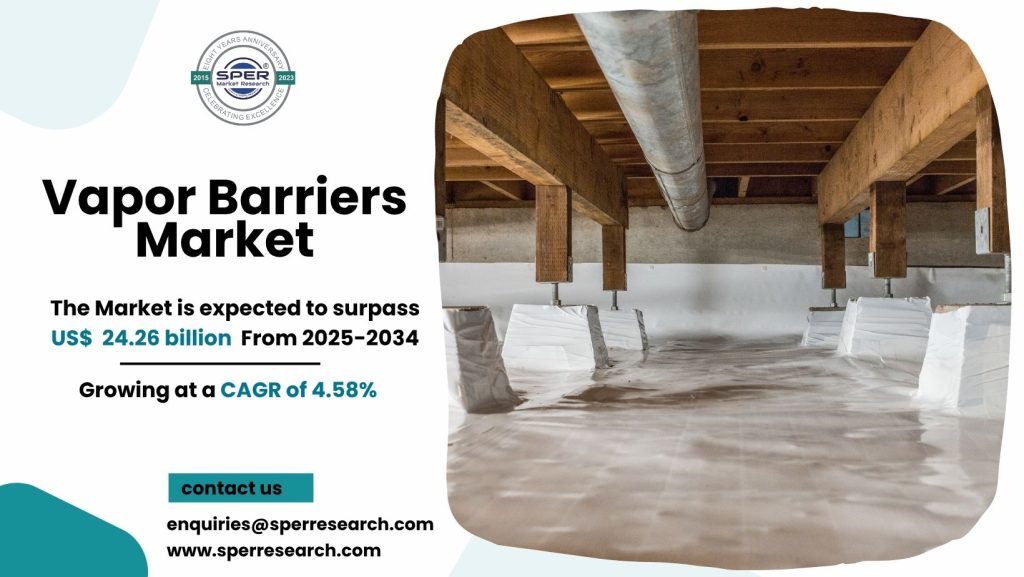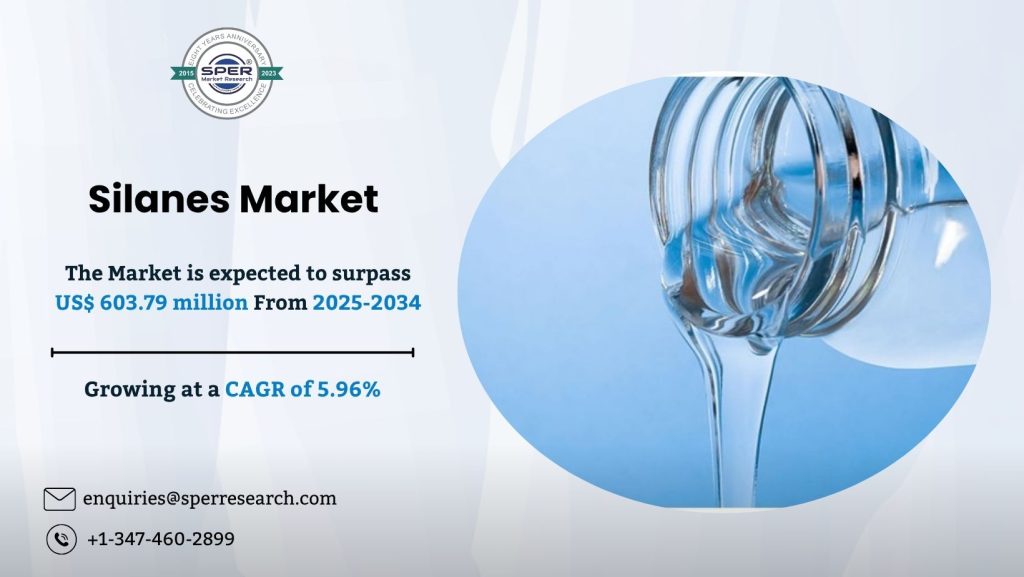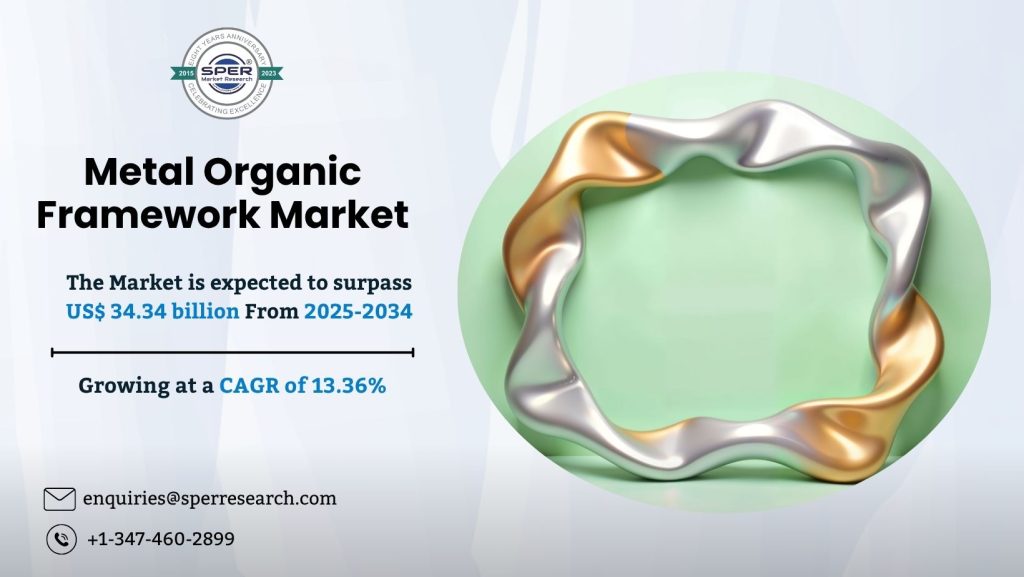Carbon nanotubes (CNTs) are cylindrical nanostructures made by rolling single-layer carbon sheets (graphene). They are classified as single-walled (SWCNTs) or multi-walled (MWCNTs) according to the number of concentric tubes. CNTs are extremely robust, electrically conductive, thermally stable, and chemically resistant. These distinguishing characteristics result from their nanoscale size and carbon-carbon bonding. CNTs are widely used in electronics, nanotechnology, materials research, and biotechnology applications. Their vast surface area, flexibility, and light weight make them ideal for application in sensors, drug administration, energy storage, and composite materials. CNTs represent a tremendous advancement in nanomaterials and future technology.
According to SPER Market Research, ‘Global Carbon Nanotubes Market Size- By Product, By Technology, By Application – Regional Outlook, Competitive Strategies and Segment Forecast to 2034’ state that the Global Carbon Nanotubes Market is predicted to reach 25.79 billion by 2034 with a CAGR of 17.23%.
Drivers:
Several key industrial trends are generating significant growth in the carbon nanotube (CNT) market. A renaissance in the construction industry is driving demand for novel materials with greater strength, endurance, and thermal conductivity properties that CNTs can provide. Simultaneously, as the world transitions to renewable energy sources, carbon nanotubes (CNTs) are increasingly being used in energy storage devices such as batteries and supercapacitors to improve efficiency and performance. Furthermore, the rapidly increasing automotive industry is incorporating CNTs into lightweight components, conductive materials, and sensors to increase fuel efficiency and enable electric vehicle development. These factors lead to the expansion of the CNT market.
Request a Free Sample Report: https://www.sperresearch.com/report-store/carbon-nanotubes-market?sample=1
Restraints:
The cost of generating high-purity carbon nanotubes (CNTs) is significantly higher, making widespread adoption across industries problematic. High purity requires the employment of modern synthesis technologies such as chemical vapour deposition (CVD), laser ablation, and arc discharge, all of which are energy-intensive, complex processes that require expensive raw materials. Furthermore, extensive purification is necessary to remove metallic catalysts and other contaminants, increasing overall manufacturing costs. These limits limit the affordability of CNTs, particularly in price-sensitive industries. As a result, despite their enhanced properties, high-purity CNTs are still expensive, limiting their use in large-scale commercial applications. The carbon nanotubes (CNTs) sector is predominantly driven by innovations in the United States, which leads the way in lightweight and high-performance material invention and development. The United States is a major player in the development of carbon nanotube-based batteries, electronics, and components for advanced technology. Some of the key market players are Arkema, Cabot Corporation, Carbon Solutions, Chasm Advanced Materials, Continental Carbon Company, and others.
For More Information, refer to below link: –
Related Reports:
Carbon Nanotubes Market Growth
Follow Us –
LinkedIn | Instagram | Facebook | Twitter
Contact Us:
Sara Lopes, Business Consultant — USA
SPER Market Research
enquiries@sperresearch.com
+1–347–460–2899
